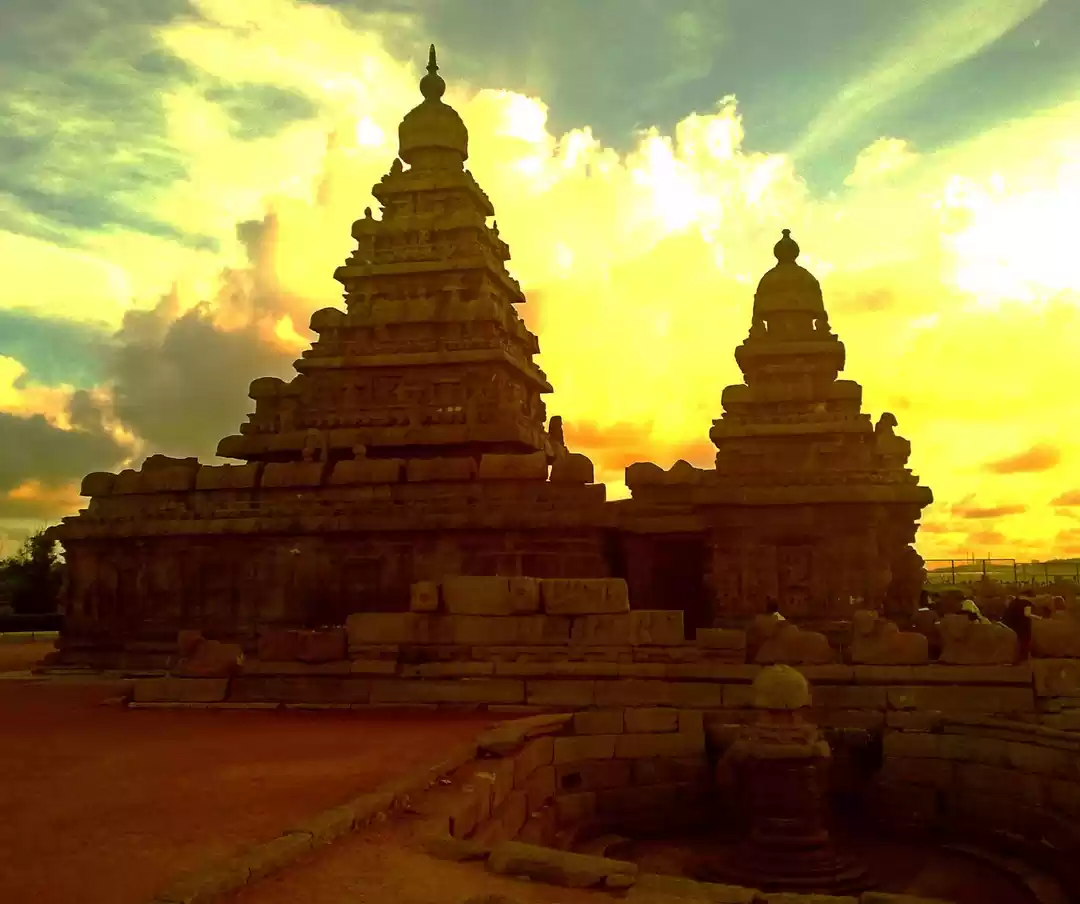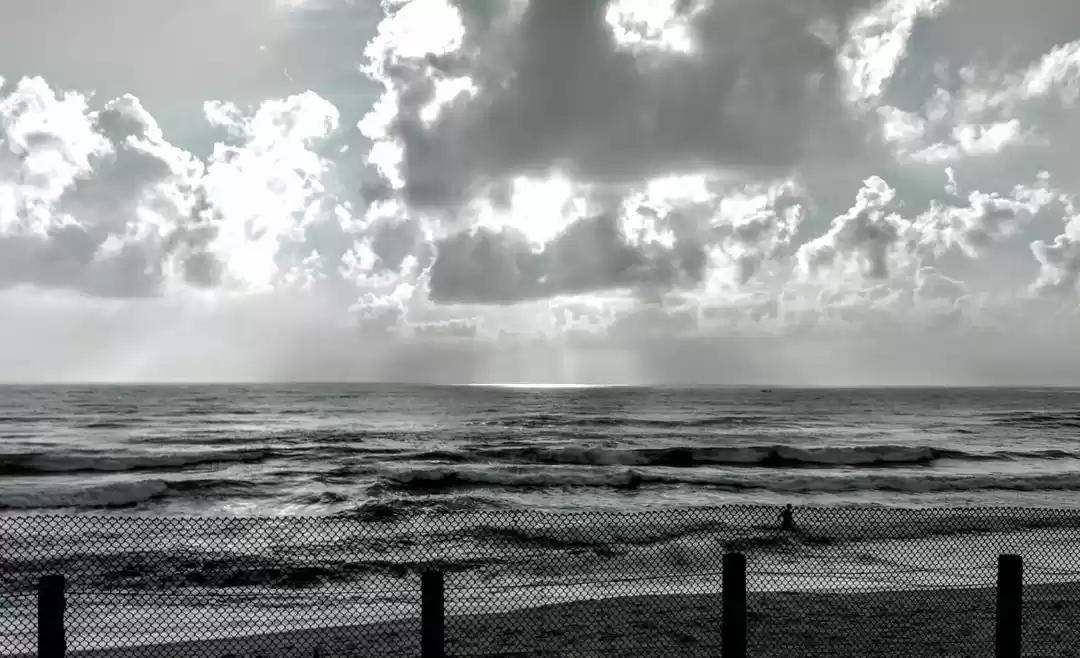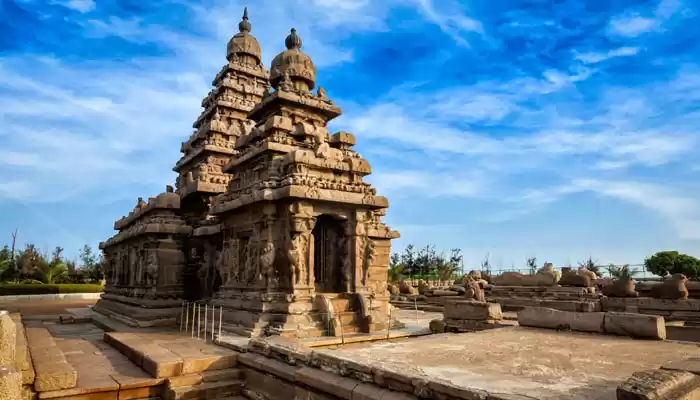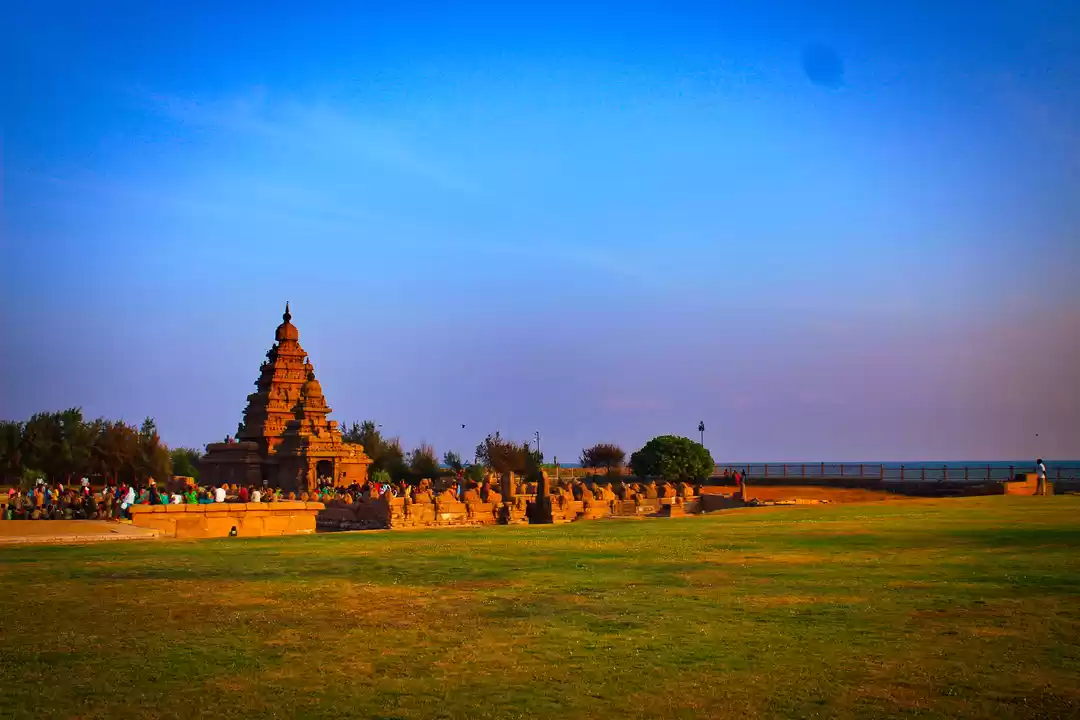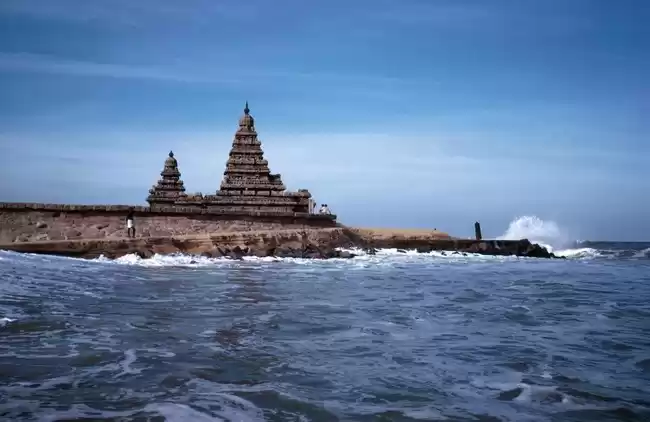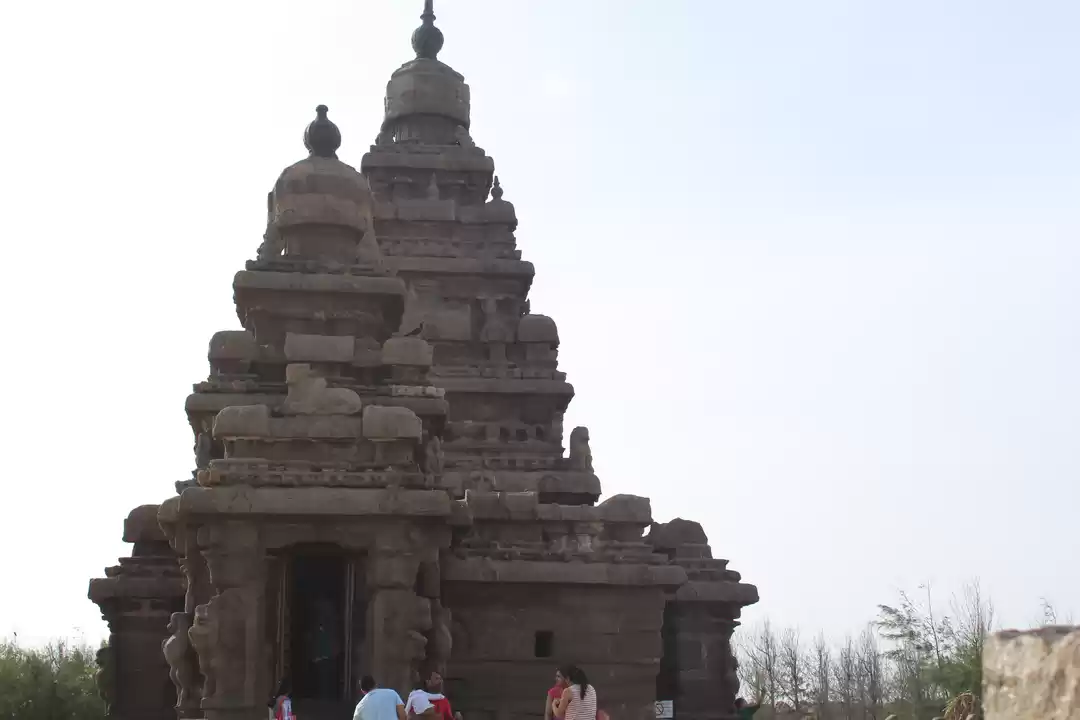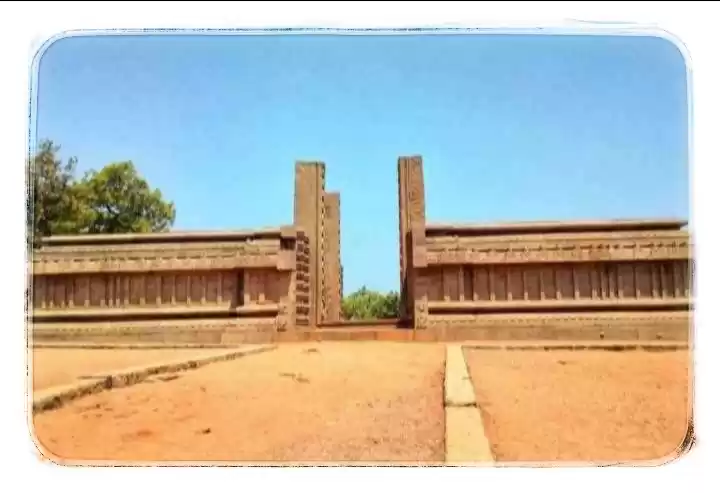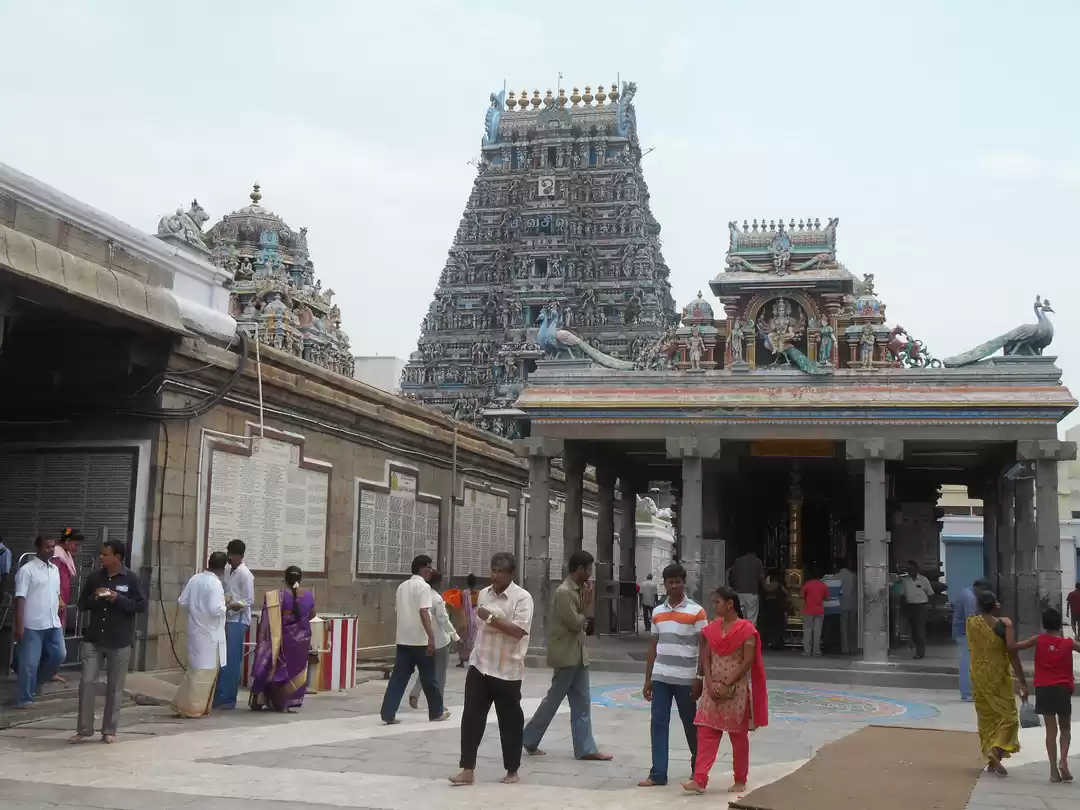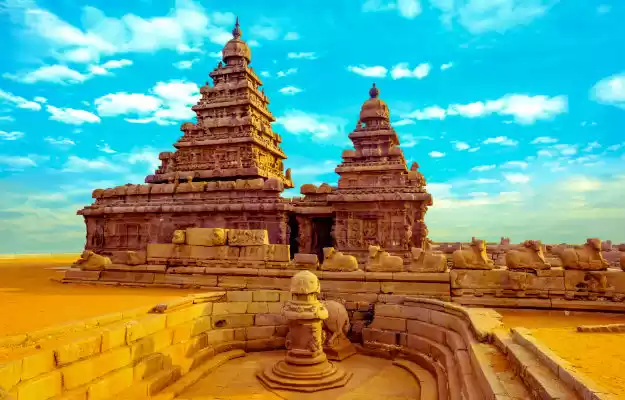



At a distance of 57 km from Chennai. This UNESCO World Heritage Site was the second capital of the Pallava kings of Kanchipuram. It is an ancient historic town and was a bustling seaport during Pallava kings in 7th Century AD. According to the legend, it has been named after the demon king Mahabali who was renowned for his generosity. Some maintain that it has been named Mamallapuram after the Pallava King Narasimha Varman I, a great wrestler with the title Mamallan.
It is known for its historical monuments, sculptures, scenic beauty, culture and tradition. Mahabalipuram art can be divided into four categories: open air bas-relief, structured temples, man-made caves and rathas (chariot temples). The famous Arjuna's Penance and the Krishna Mandapa adorn massive rocks near the centre of the village. The beautiful Shore Temple towers over the waves, behind a protective breakwater. Sixteen man-made caves in different stages of completion are also seen, scattered through the area. The striking feature is that all the sculptures here are monolithic - giant structures carved from single rocks.
The best time to visit Mahabalipuram is from October to March while the peak season is from November to February. Usually it takes one full day to visit Mahabalipuram.


The temples of Mamallapuram, built largely during the reigns of Narasimha Varman and his successor Rajasimha Varman, showcase the movement from rock-cut architecture to structural buildings.
The mandapas and the rathas shaped as temple chariots are made from the granite rock face, while the famed Shore Temple, erected half a century later, is built as a structured temple with huge blocks of rocks following wonderful architecture. Thirukadalmallai temple, Cholamadal Artist's Village, Mahabalipuram Beach, Tiger Cave and Crocodile Bank serve as popular picnic spots for people here.











When the British gained control of India in the late 1850s, they allowed the French to retain their settlements in the country. Pondicherry, Mahé, Yanam, Karaikal and Chandernagor remained a part of French India until 1954 when it was incorporated into the Indian Union with the rest of French India.





A lighthouse was constructed in Pondicherry in the nineteenth century by the French rulers. A new lighthouse was constructed in 20th century by the government of India. The old lighthouse had first beamed light on 1 September 1836.


































































